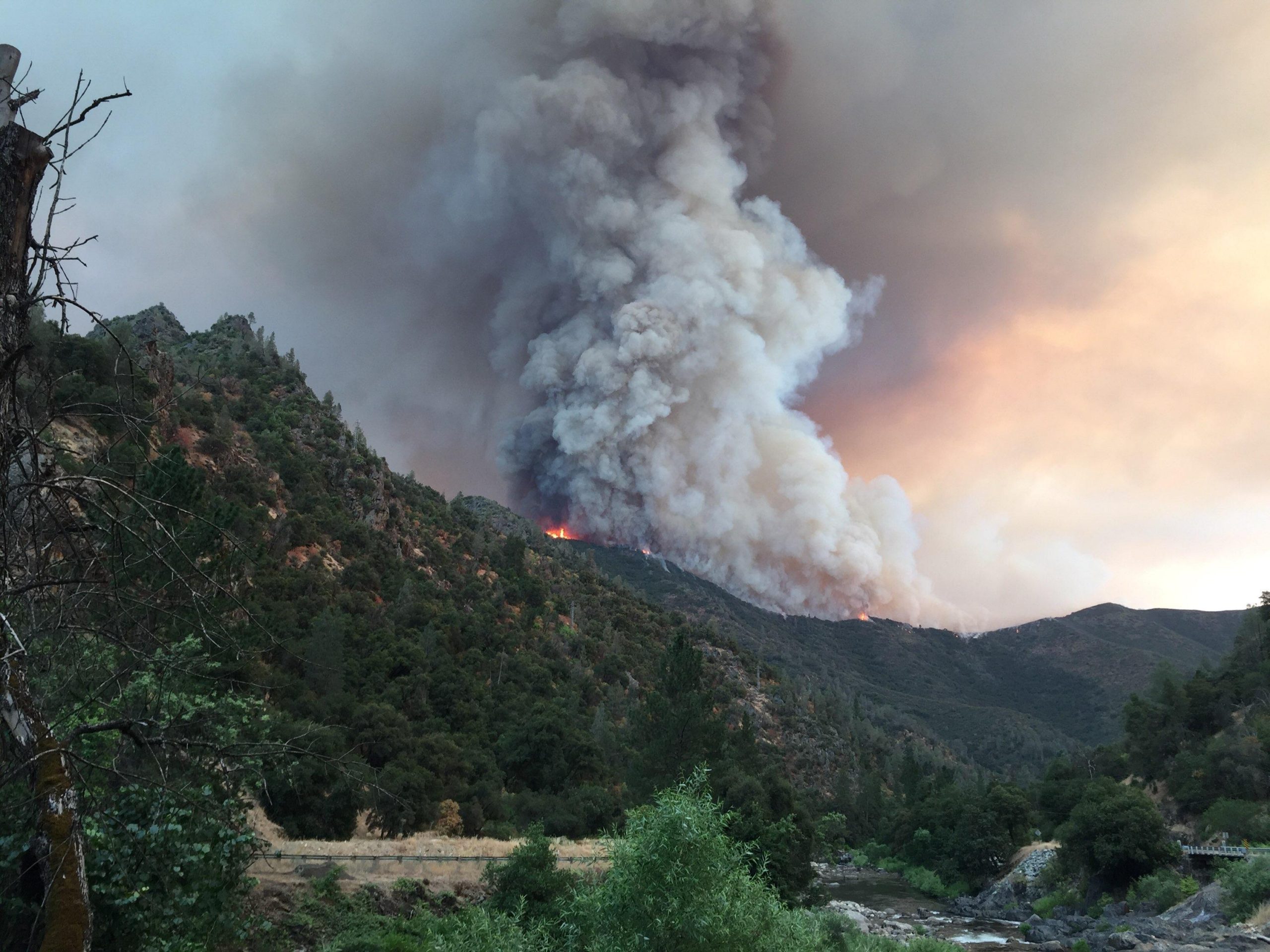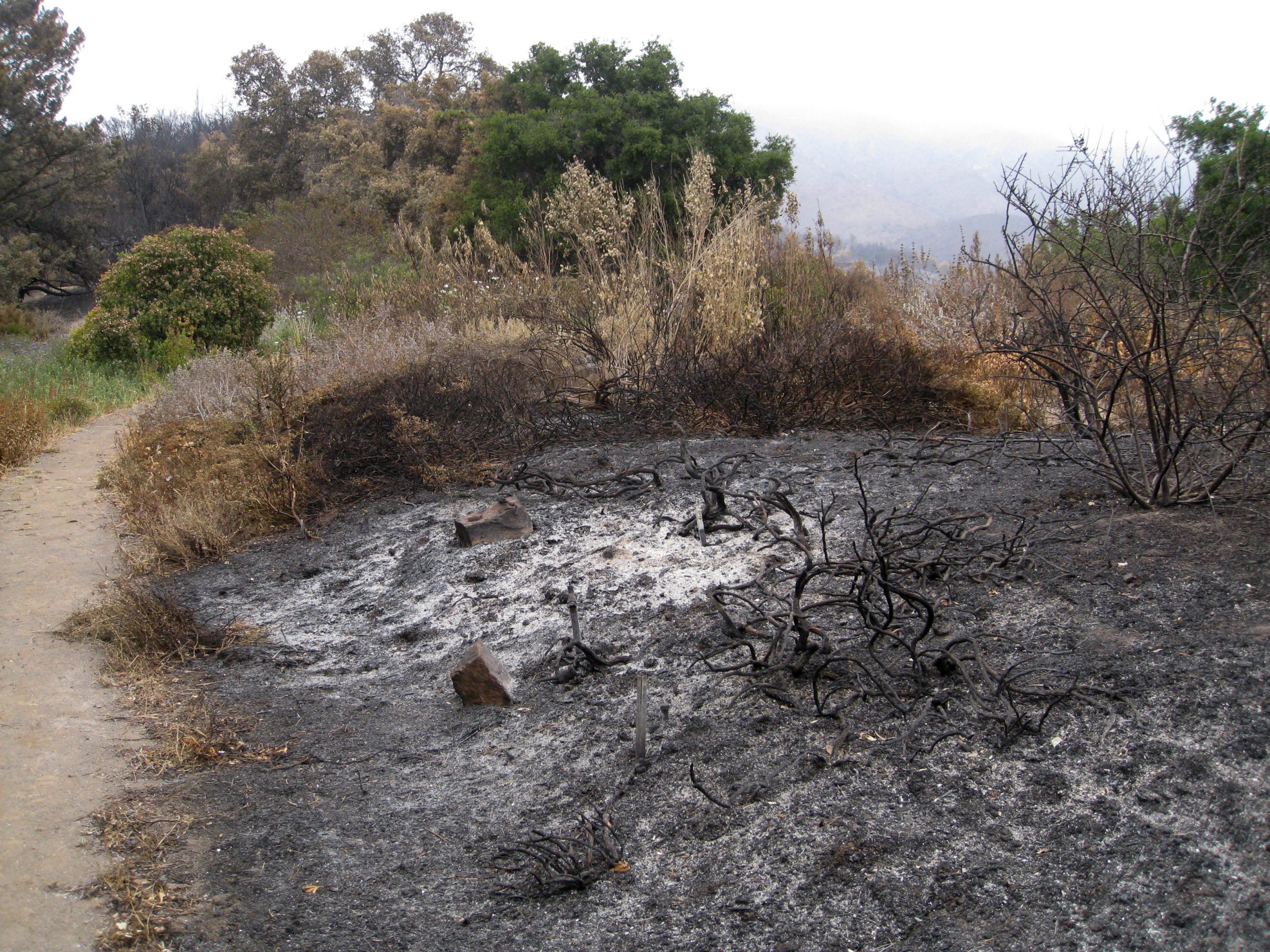Climate Change Position Paper | Center for Plant Conservation
At the Center for Plant Conservation (CPC), advocacy is an important tool in our efforts to save rare and endangered plants. Through advocacy, we can share and advance the mission and work of our organization, and we can use our collective voice to shape public policies, laws, and regulations in favor of imperiled plants. One way we do this is by developing position papers on topics relevant to our mission and plant conservation.
We are pleased to announce CPC’s new Position Paper on Climate Change, which was approved by the CPC Board of Trustees at the October 2021 Board Meeting. Collaboratively developed by the Board’s Advocacy Committee* and staff, the Climate Change Position Paper outlines the urgent need to protect rare and endangered plants which are facing unprecedented and dire consequences as a result of the global climate change crisis. As a community, we must take action and advocate the importance of protecting imperiled plants and the environment. The Climate Change Position Paper will give our organization the foundation needed to do just that.
What was your path to becoming CPC Board members and working to conserve native plants?
Lindsay: The mission of the Center for Plant Conservation is to save rare plants and their endangered ecosystems. Diana and I came to the CPC Board with a love for plants and having backgrounds in many organizations involving plants and advocacy. We both have held leadership positions in The Garden Club of America; I was former Chairman of the GCA National Affairs and Legislation Committee, and Diana was on the same Committee as well as on the Conservation Committee as a Vice-Chairman for Partners for Plants. I became Chairman of CPC’s Advocacy Committee in 2017.
Committee members are keenly aware of the need for advocating for imperiled plants and the urgency for action specifically relating to climate change, the most critical issue of today. Climate change impacts every aspect of our world and profoundly affects the existence and even survival of species and ecosystems. CPC’s goal is to prevent plant extinction and our objective is to bring climate change to the forefront of legislation, policy making, and educational efforts to address this global problem.
What is a Position Paper?
Diana: For CPC, a Position Paper is not a statement about a specific piece of legislation, but a general framework of ideas that address an issue with a consistent viewpoint that supports our advocacy efforts in saving plants. A Position Paper covers a specific topic which CPC determines to be of critical concern. By creating such a document, CPC can use it as a basis for timely advocacy around legislation that aligns with the CPC mission.
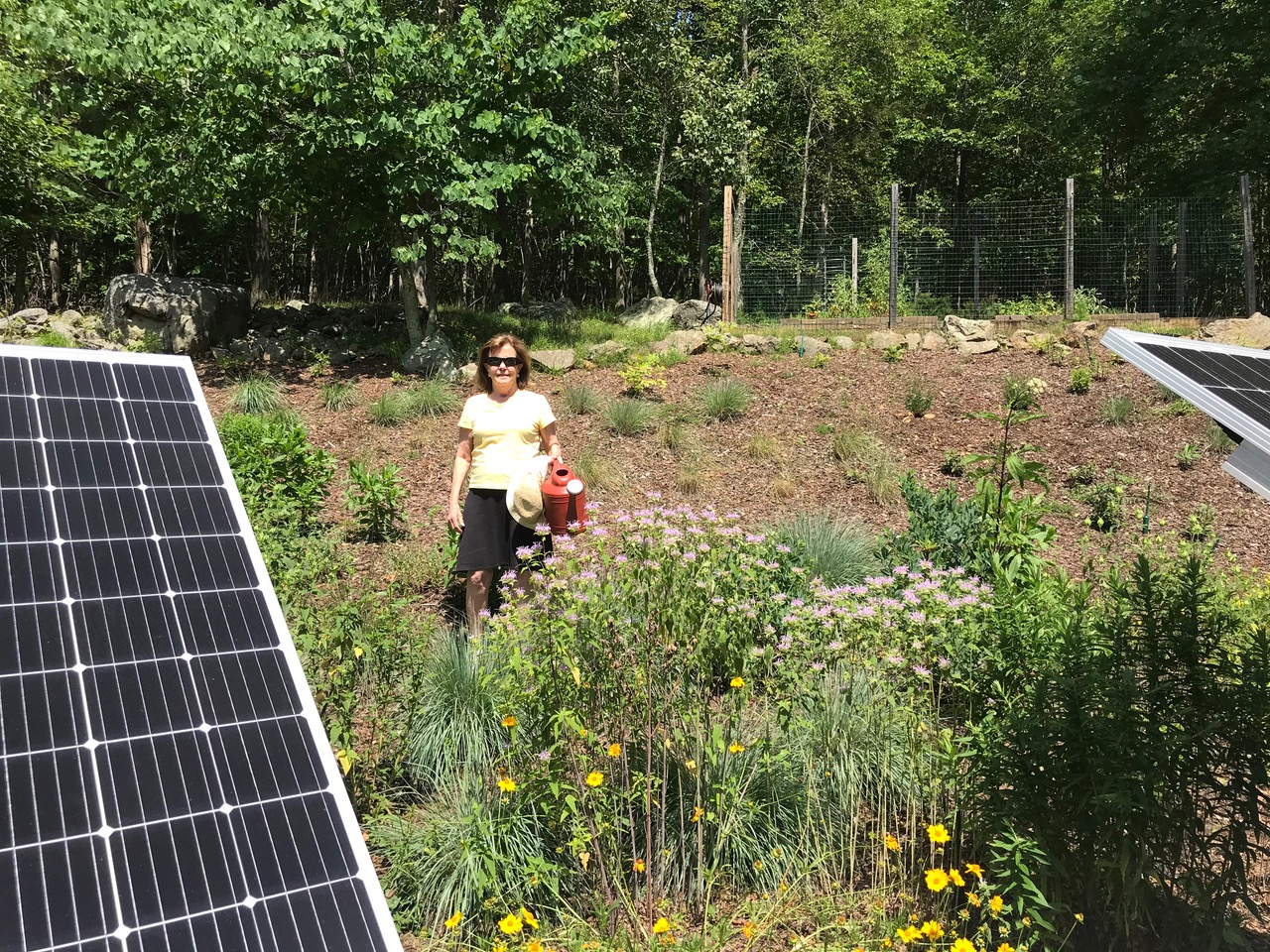
Why was there a need for a Climate Change Position Paper?
Lindsay: CPC has a Position Paper in support of the Endangered Species Act and protection of Threatened and Endangered Plants. However, climate change is an overarching factor that affects our planet today in multiple ways, including extreme weather events, wildfires, coastal flooding, droughts, changing habitat requirements, altered plant hardiness zones, and loss of pollinators. Many rare, threatened, and endangered native plants have small population sizes and limited suitable habitats, making them particularly susceptible to extinction triggered by climate change. Higher temperatures cause native plants to experience more heat-related stress. Higher atmospheric carbon dioxide levels preferentially promote the growth of invasive plant species (1). While some animals are able to move when conditions become unfavorable, rooted plants are immobile and thus cannot as easily adapt to a quickly changing environment (2).
What was the process like developing the Climate Change Position Paper?
Lindsay: Working with people on the Advocacy Committee, such as outstanding botanical garden professionals Lucinda McDade and Christopher Dunn, helped us focus our endeavors. Diana developed the first draft with Lucinda, then I joined in, and Christopher added thoughtful edits to create the final CPC Climate Change Position Paper.
Diana: Ultimately, it required seven iterations with additions and corrections before the eighth and final version was agreed upon. The staff gave their input, the Executive Board needed to pass it, and finally, the entire Board voted in favor of passing and adopting the Position Paper.
Lindsay: What is wonderful about CPC’s Board is that, despite Trustees living in many different parts of the country—for instance, Diana lives in central California and I live in Virginia and South Carolina—we collaborate and are like-minded in support of CPC’s mission and initiatives like the Climate Change Position Paper.
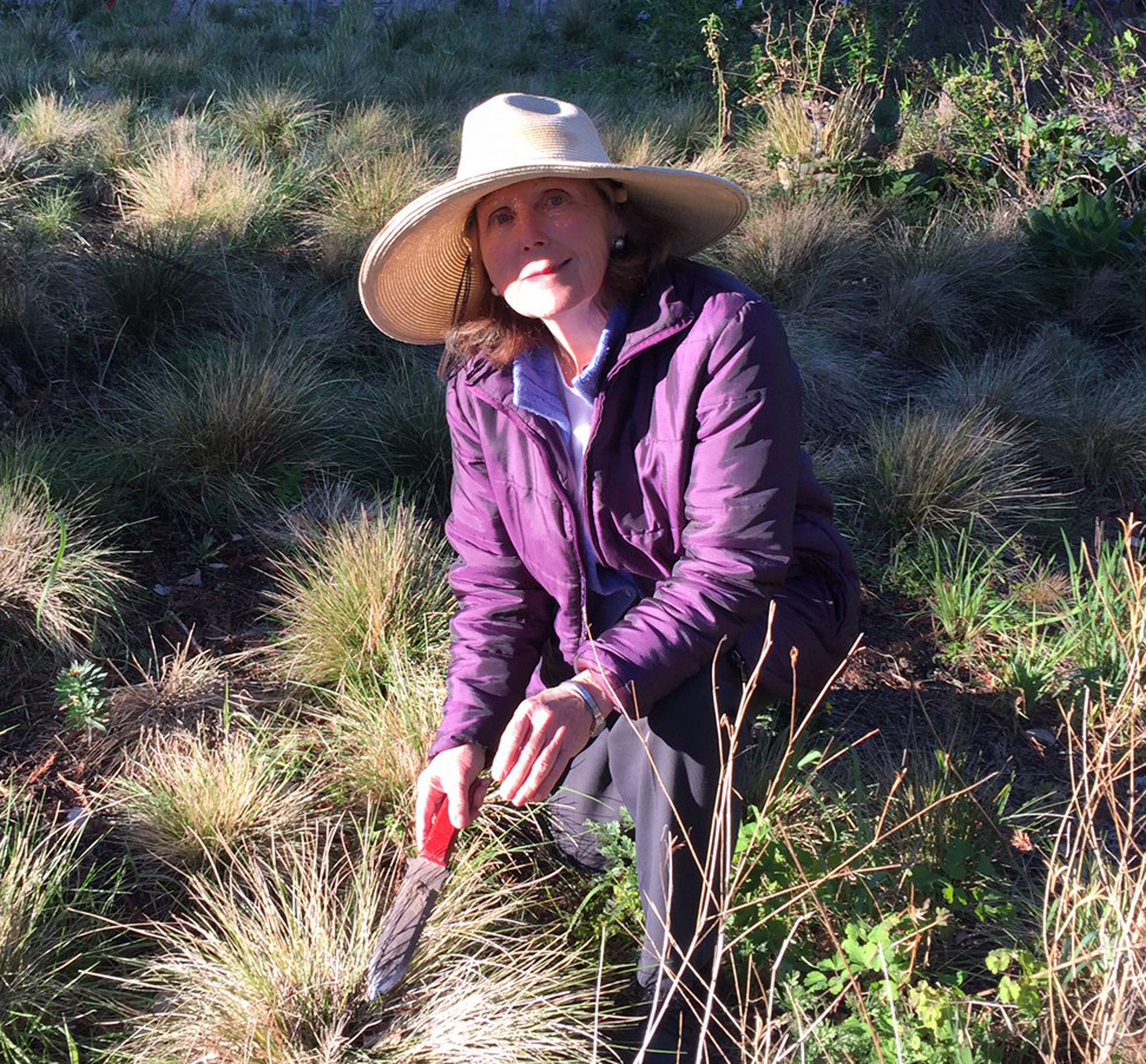
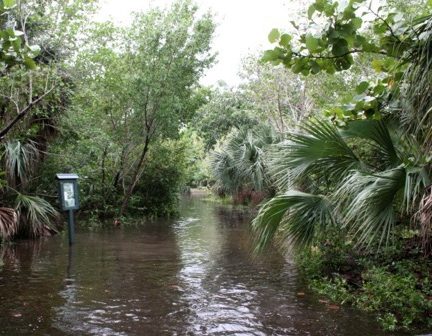
Why is it important for CPC to lead advocacy initiatives?
Diana: Advocacy is a crucial tool in our organization’s toolbox for supporting or opposing legislation that affects the survival of imperiled plants. With our network of 68 Participating Institutions (PIs)—all dedicated to saving plants—CPC is a leading and respected voice in plant conservation. Our Position Papers offer an educational outline for communication and action.
What excites you about the future of CPC?
Lindsay: With its PIs and initiatives, CPC is a dynamic and exciting place to learn from leading botanists, directors of botanical gardens, and scientific National Office staff members such as President & CEO, Dr. Joyce Machinski, and VP of Science & Conservation, Dr. Katie Heineman. The Board at CPC is a committed group of mission-driven members. The future is bright for CPC.
References
(1) https://wildlife.ca.gov/Conservation/Plants/Climate
(2) https://extension.umd/resource/native-plants-and-climate-change
*Advocacy Committee Members: Lindsay Marshall, Diana Fish, Ruth Evans, Christopher Dunn, Lucinda McDade, Clark Mitchell, Barbara Millen, and Joyce Maschinski.
